Research
Mechanisms from Apollo 11 are purely functional, as form follows function the aesthetic of these mechanisms is very minimal as weight is of great concern.
Possible Mechanisms
- Hinge
- Screw
- Gear/ Gear Train
- Pivot
- Friction
- Links and Joints
- Woodworking joints, dovetail etc.
- Locking mechanism
- Pantograph Mechanism (Scissor lift)
This mechanism is a system of linkages which reproduced the motion of one point of the linkage at a second point. Motion is often scaled.
Apollo 11 Mechanisms
- Hatch
- Lathes
- Locking
- Linkage
-
Actuator

- Actuators are often used as landing mechanisms
- Pivot
- Pivoting mechanisms are common on the Apollo 11 Rocket, They allow the aspect of the rocket to pivot open and in some cases detach from the body of the rocket.
-
Thrust vectoring (gimbal)
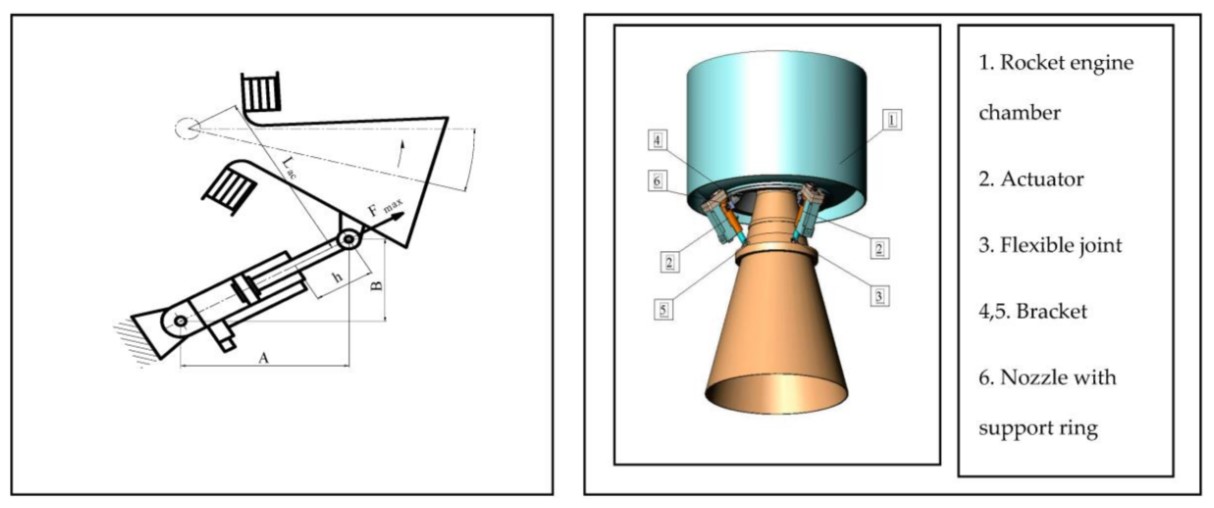
- “Thrust vectoring for many liquid rockets is achieved by gimbaling the whole engine. This involves moving the entire combustion chamber and outer engine bell as on the Titan II’s twin first-stage motors, or even the entire engine assembly including the related fuel and oxidizer pumps. The Saturn V and the Space Shuttle used gimbaled engines.”
https://en.wikipedia.org/wiki/Thrust_vectoring#Thrust_vectoring_methods
-
Pneumatic docking system
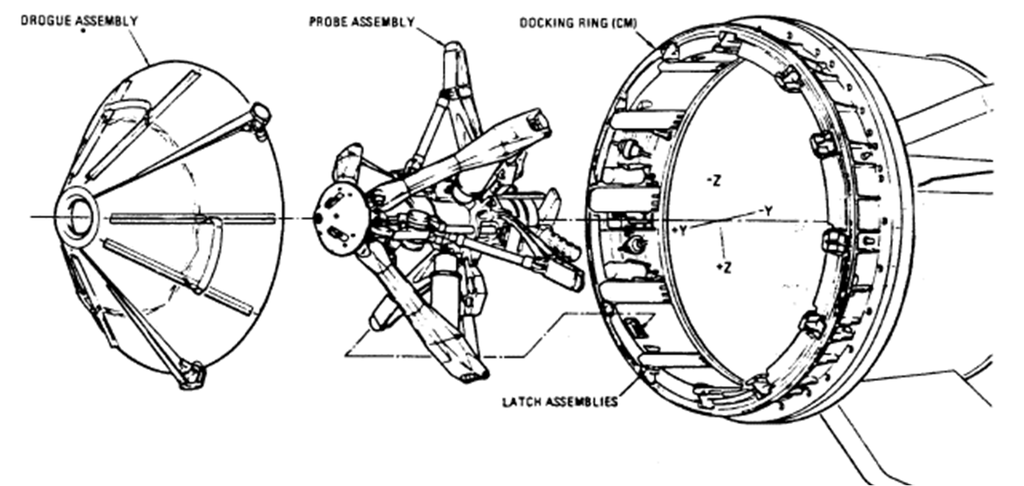
- The docking mechanism of the Apollo 11 mission was used to connect the landing module with the command module after its successful trip to the surface. Allowing the astronauts to transfer from the landing module to the command module and return home. This concepts could be used to bridge the interior and exterior of my enclosure, as the docking mechanism in its self is a sort of bridge.
Physical Aspects of object
A piece of moon dust from the Apollo 11 mission 1969
- Lunar soil is very fine in its form, it consists of dust, broken rock and other materials present on the lunar surface.
- Its fineness is due to the mechanical pulverization of basaltic and anorthositic rock. This is due to the continuous meteoric impacts and bombardment by solar and interstellar objects that impact the moons surface with significant velocity due to its “thinner” atmosphere.
- The creation of lunar dust is described generally as mechanical weathering.
- “Lunar soil typically refers to only the finer fraction of lunar regolith, which is composed of grains 1 cm in diameter or less, but is often used interchangeably.[1] Lunar dust generally connotes even finer materials than lunar soil.”
- Lunar dust is electrostatically charged and will stick to anything it comes into contact with.
- “The density of lunar regolith is about 1.5 g/cm3”
- Due to the unique properties of lunar dust it proposes significant challenges to space exploration, some of these include:
- Darkening of surfaces, leading to a considerable increase in radiative heat transfer;
- Abrasive nature of the dust particles may rub and wear down surfaces through friction;
- Negative effect on coatings used on gaskets to seal equipment from space, optical lenses, solar panels, and windows as well as wiring;
- Possible damage to an astronaut’s lungs, nervous, and cardiovascular systems;
- Possible increased risk of spacesuit arcing due to small dust grains’ exposure to the space environment.
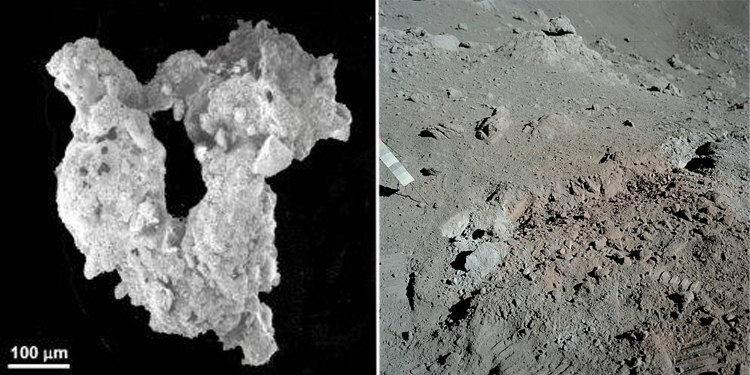
Concept of Interest
Due to moon dusts electrostatic properties it can be levitated when a charge of significant energy encounters it. This is called Electrostatic levitation, and occurs naturally on the surface of the moon. “On the daylit side of the Moon, solar ultraviolet and X-ray radiation is energetic enough to knock electrons out of atoms and molecules in the lunar soil. Positive charges build up until the tiniest particles of lunar dust (measuring 1 micrometre and smaller) are repelled from the surface and lofted anywhere from meters to kilometers high, with the smallest particles reaching the highest altitudes. Eventually they fall back toward the surface where the process is repeated” https://en.wikipedia.org/wiki/Lunar_soil
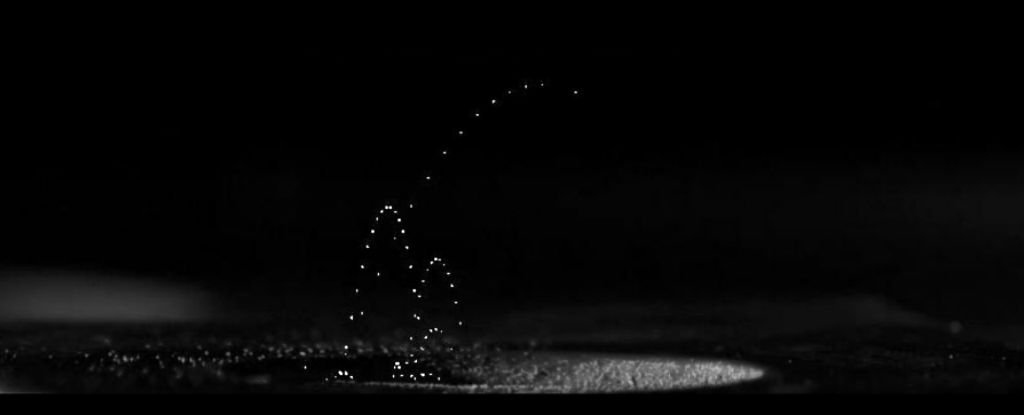
Example of moon dust levitation
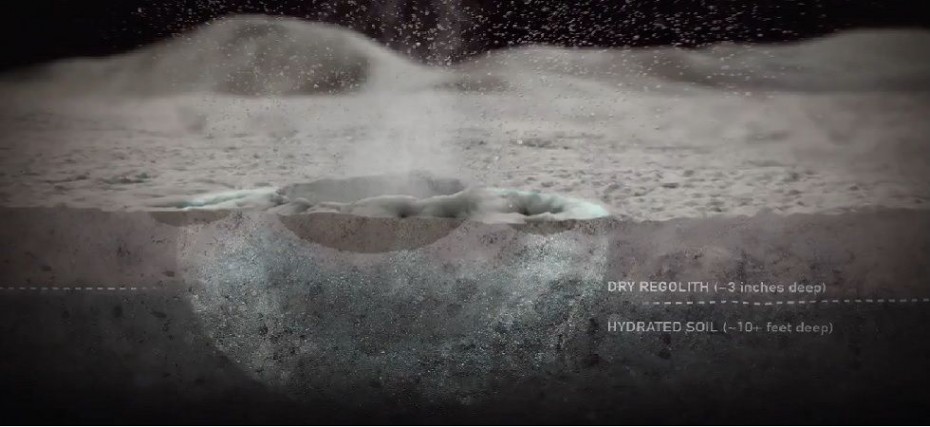
Example of “moon storm”. Lunar dust atmosphere
Interior vs Exterior
- This Relationship could be sympathetic or contrasting
Designs from Project 1 to Develop.
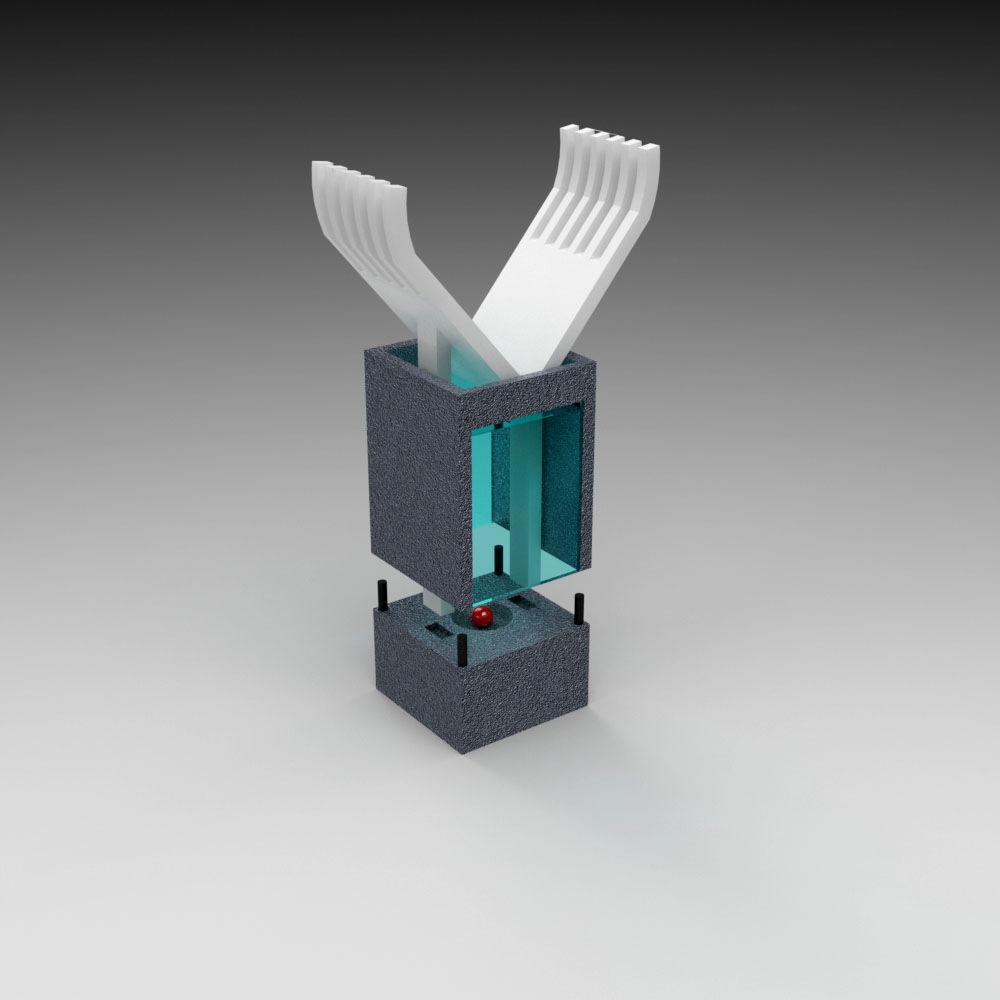
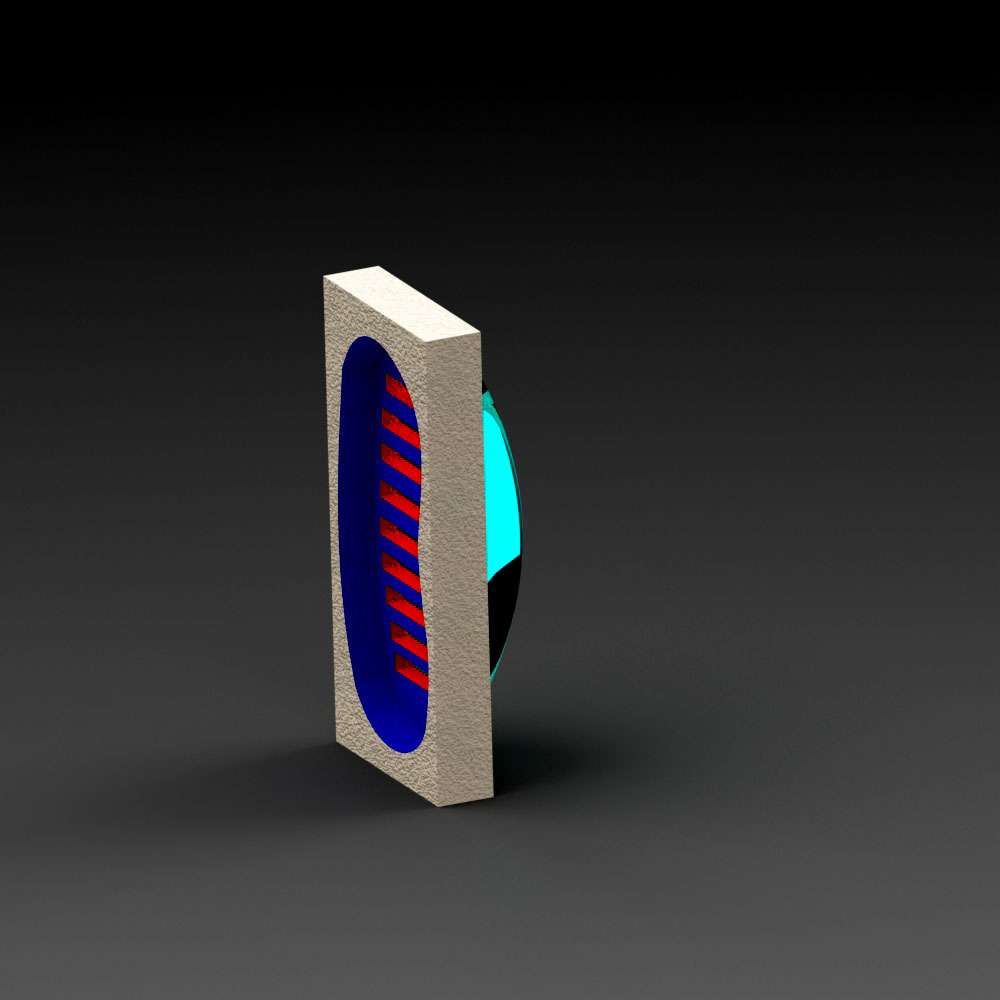

Types of movement & Spatial transformation
When designing the interior and Mechanisms of the container it is important to consider the form of the container when both open and closed. How the transformation of the container affects the visual language and themes of the design.